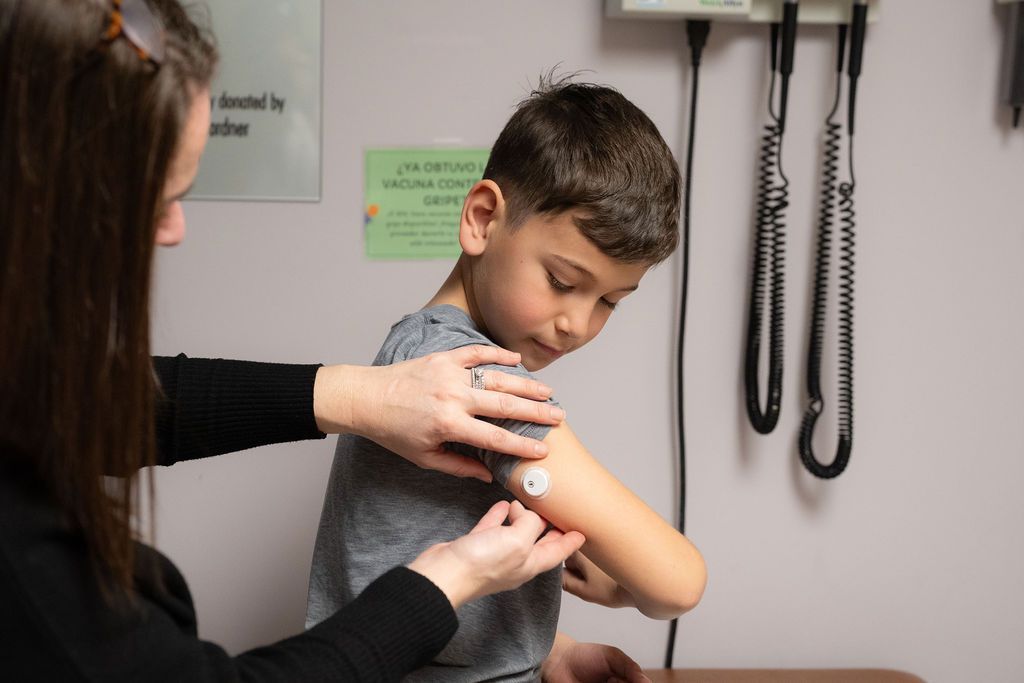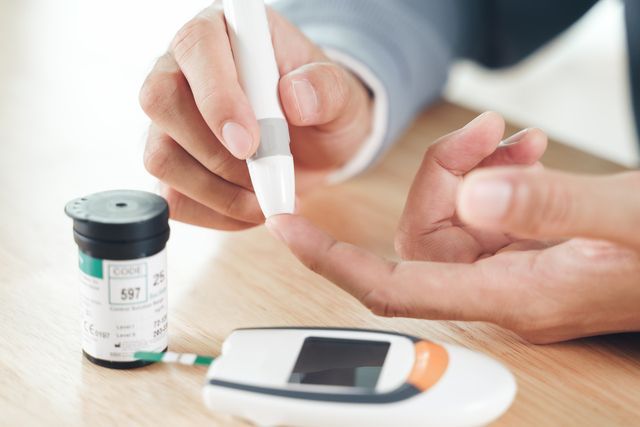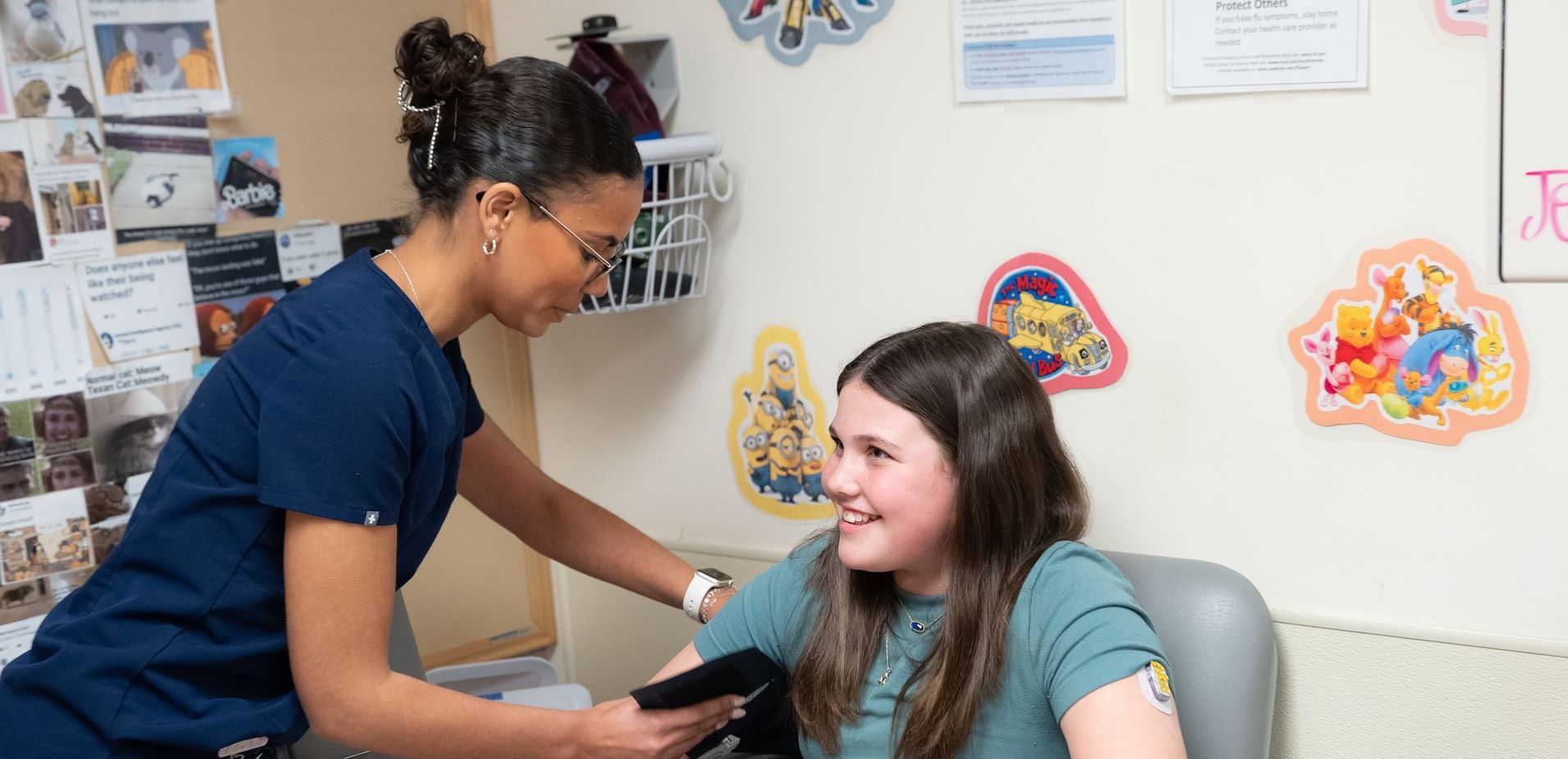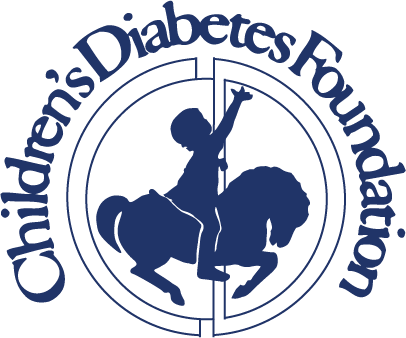Diagnosis
What Causes Type 1 Diabetes?
Type 1 diabetes (T1D) is an autoimmune disease in which the immune system attacks insulin-producing cells (beta cells) in the pancreas, which leads to the pancreas not producing enough insulin. While the exact cause of this autoimmune reaction is not fully understood, several factors are believed to contribute:
- Genetics: Family history plays a significant role. If a close relative has type 1 diabetes, the risk is higher.
- Environmental Factors: Certain viral infections and other environmental triggers may prompt the autoimmune response.
- Autoimmune Conditions: Individuals with other autoimmune diseases are at a higher risk of developing type 1 diabetes and people with T1D are at risk of developing other autoimmune conditions such as celiac disease and thyroid disease.
Symptoms of Type 1 Diabetes
T1D symptoms can appear suddenly and may include:
- Increased thirst
- Frequent urination and bedwetting
- Unexplained weight loss
- Fruity breath
- Drowsiness
- Blurred vision
- Irritability and mood changes
Symptoms of Type 2 Diabetes
Include any of those listed above and/or:
- Tingling or numbness in hands or feet
- Recurring or hard-to-heal skin, gum or bladder infections
- Itching
If you or a loved one are experiencing any of the symptoms listed above, it's crucial to consult a healthcare professional for an accurate diagnosis.
How is Type 1 Diabetes Diagnosed?
There are several ways to diagnose diabetes. It's recommended for the tests to be repeated on a second day to make sure of the diagnosis.
• Fasting Plasma Glucose (FPG): This test measures blood sugar levels after at least eight hours of fasting (no food or drinks with calories). According to the American Diabetes Association (ADA), a fasting blood glucose level of 126 mg/dL or higher indicates diabetes.
• Oral glucose tolerance test (OGTT): This test assesses how the body processes sugar. Blood sugar is measured before and two hours after drinking a glucose-rich solution. A reading of 200 mg/dL or higher at the two-hour mark confirms a diabetes diagnosis.
• Hemoglobin A1C: This test provides an estimate of average blood sugar levels over the past two to three months by measuring the percentage of sugar-coated hemoglobin in the blood. A result of 6.5% or higher is considered diagnostic for diabetes, according to the ADA.
• Random glucose test: This test can be done at any time of the day, regardless of when you last ate. A blood sugar level of 200 mg/dL or higher, along with symptoms like excessive thirst, frequent urination, or unexplained fatigue, suggests diabetes.
• Insulin and c-peptide levels: Both tests measure pancreatic insulin production. In type 1 diabetes, insulin and C-peptide levels are typically low due to the immune system attacking insulin-producing cells. In type 2 diabetes, these levels are usually normal or high, as the body still produces insulin but does not use it effectively.
• Antibody levels: Islet antibodies can be measured with a blood test. People with newly diagnosed type 1 diabetes will often have abnormally elevated levels of antibodies against certain proteins found in the pancreas.
Taking the Next Step
Understanding the causes, symptoms, and diagnostic procedures for type 1 diabetes is the first step in managing this condition effectively. Early diagnosis and proper management can help a person with diabetes to lead a healthy and fulfilling life.
If you suspect you or your child might have T1D, don't hesitate to seek medical advice from the Barbara Davis Center for Diabetes. Early intervention is key to preventing complications and ensuring optimal health.
For more information and support, please explore our resources and connect with our community.



